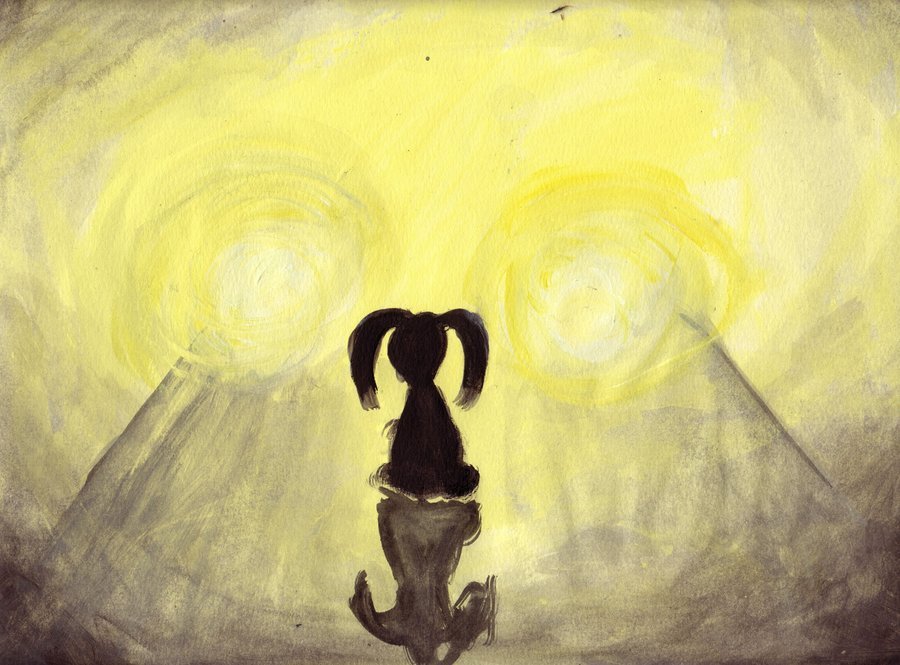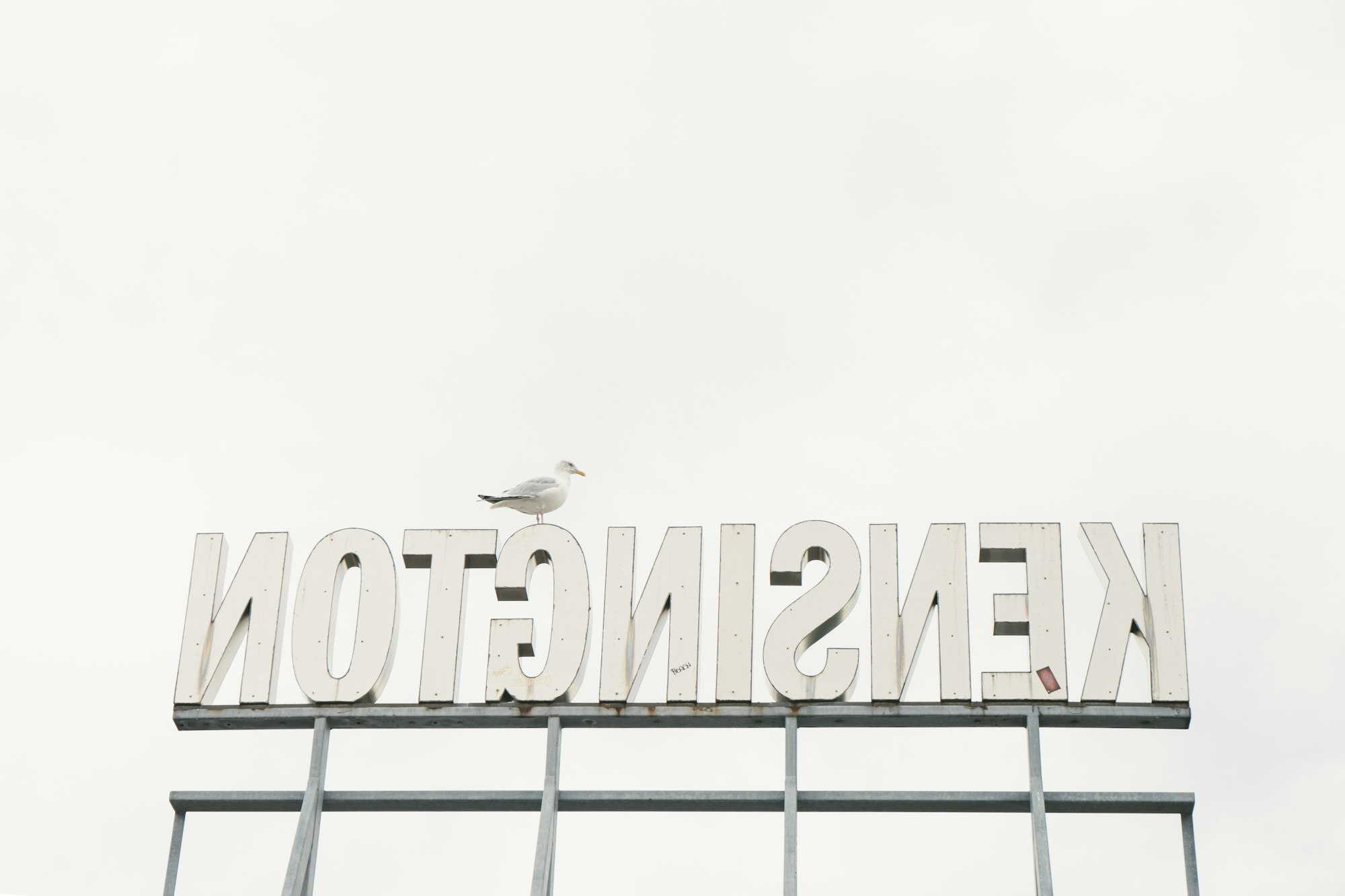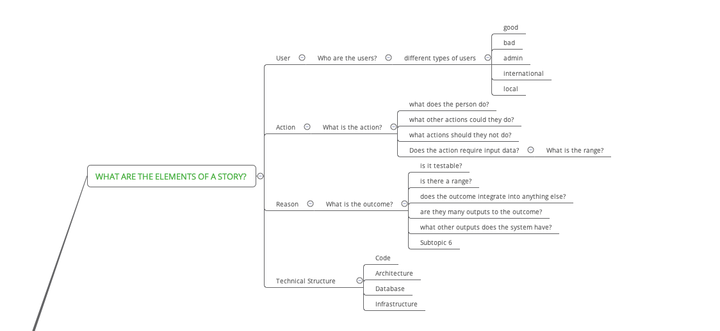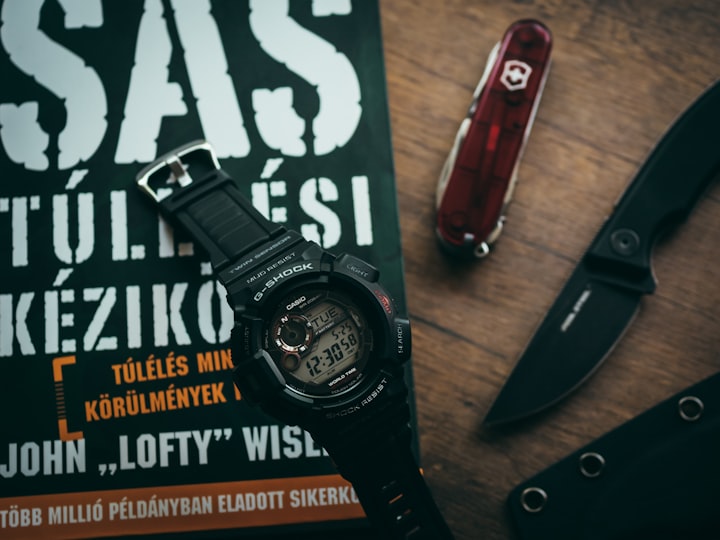The 'Do Nothing' heuristic


Sometimes the thought of making ‘big’ decisions gives us that ‘rabbit in the headlights’ look.
‘Big’ decisions often have outcome can have a significant impact to either ourselves or our company. Lack of information can make these decisions harder to make.
Constant decision making over sustained periods of time, and having to make decision in high pressure situations can also be stressful and lead to ‘decision fatigue’.
No surprise then, people have come up with strategies to help us through the decision making process. Mostly these are in place to help us think logically and reason through decisions. Examining the pros and cons of each helps explore the consequences of making a decision. Jerry Weinberg’s rule of 3 encourages you to think of alternatives to pro and con.
One strategy I’ve developed is what I call the ‘do nothing’ strategy. Simply put, when faced with a decision chose to ‘do nothing’.
Might sound simple, but its bloody hard. Maybe because when we “do” something, it gives us the illusion we’re in control. Doing nothing, implies lack of drive or initiative, perhaps a fear, all viewed through a lens of weakness. But is that really true?
“Doing nothing” may simply mean you don’t have any ideas on what to do. You may never have. And that’s not necessarily a bad thing. Perhaps what is more important, is that you come to that conclusion in a mindful way. Taking a decision to ‘do nothing’ can be incredibly positive. It can release a whole tonne of pressure that perhaps is preventing creative problem-solving. Or perhaps the best ‘solution’ is to do nothing. Who knows?.
Doing nothing can be a powerful alternative option in your decision making. I think this is particularly true when working in complex or chaotic contexts in which you have little control over. Doing nothing has the benefit of letting you sit back and observe. It allows you to observe people’s behaviours and the decisions they are making. it allows you to wait and see what happens next, which may reduce the number of options you have.
Doing nothing, allows you to live in the moment. Once you get over the initial anxiety of doing nothing, you can start to enjoy the moment. You don’t timebox, you put the time in its box.
Doing nothing can also be a strategy. See it as a waiting game. Watch what unfolds, collect and use that information to use at your time, not others.
Sometimes I think we charge into our decision making because the current uncertainty makes us anxious. We’re in a state of unease, and making a decision, taking action helps us get out of that state.
But doing nothing helps us to observe the uncertainty, to meditate in it. That way we learn to deal with uncertainty, as opposed to attempting to reduce it.
Being calm and mindful within uncertainty is a powerful tool. We get better at handling uncertainty through breathing and looking around you.
So go on, why not give the ‘do nothing’ strategy a try?
Other posts on heuristics:






Comments ()